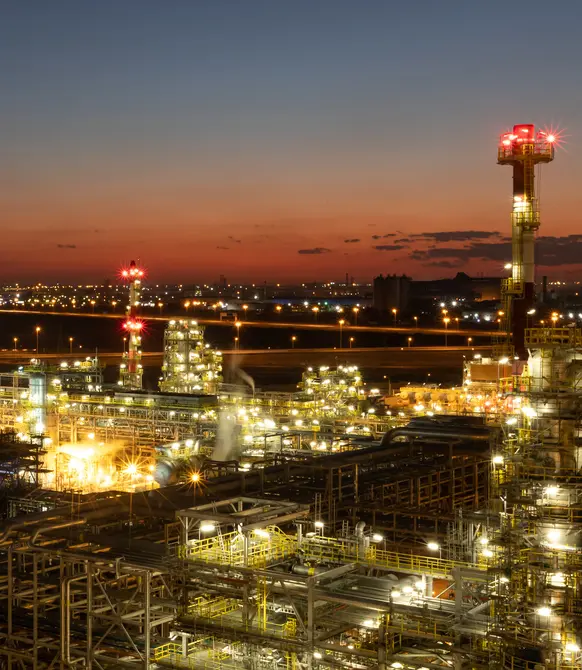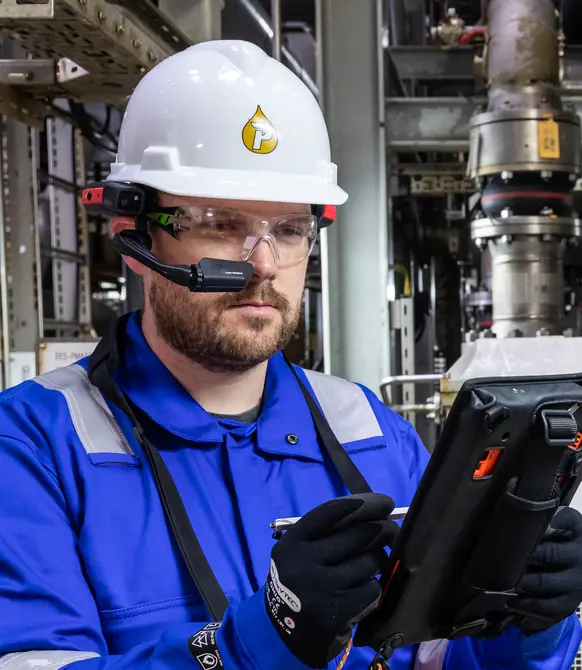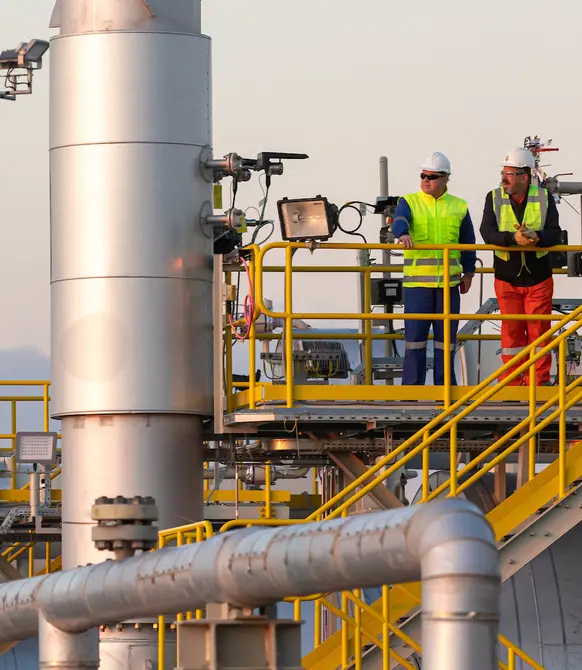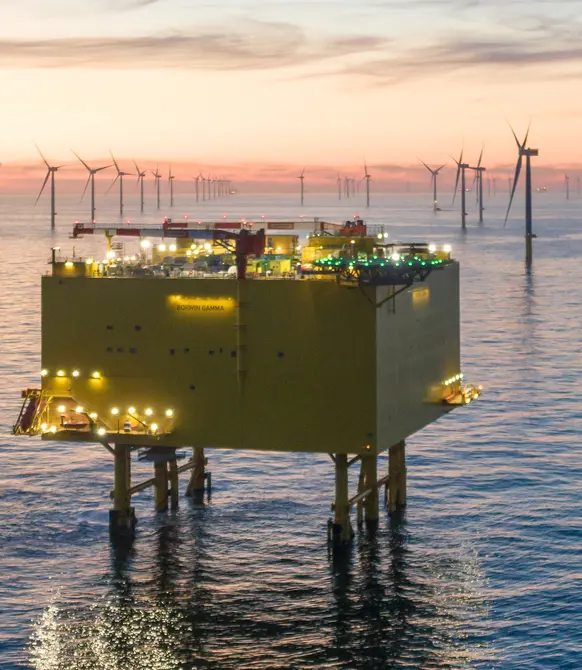Green hydrogen – unlocking the opportunity for the present and the future
It’s easy to get swept up in the enthusiasm around green hydrogen.
It’s often portrayed as a zero-carbon wonder fuel for which there will be insatiable demand. At Petrofac, we do see a role for hydrogen in the future energy system. And, while we believe in thinking big, we also believe it’s best to start with a more measured, pragmatic approach. In other words, we think it’s best to start out by focussing on smaller scale projects that can successfully thread a narrow path through the related production, transport and utilisation considerations – by delivering projects that are both environmentally friendly and commercially attractive.
The fact is, several high-profile, high-ambition, high-capacity projects have stalled, with Bloomberg recently reporting that over 80% of announced projects lack offtake agreements. The cost of the power – and, to a lesser extent, the cost and utilisation rates of the electrolysers – has undermined the economics. And the projected price of producing green hydrogen or its derivatives has proved too high.
Similarly, the use of the green hydrogen itself has been called into question. While the fuel has been touted as a clean vector for everything from domestic heating to mass mobility to air travel, it must nonetheless compete with other low-carbon options, like renewable electricity and biofuels, both of which tend to be more efficient, hence cheaper.

It’s easy to get swept up in the enthusiasm around green hydrogen but opportunities are evident
One application that does hold real promise is to generate green hydrogen for longer-term energy storage. The idea is that excess renewable power, which would otherwise be squandered, is converted into hydrogen and stored for use as a peak-time power source. So, when power grid demand outstrips supply, the stored hydrogen is converted back into electricity via a fuel cell and returned to the grid. The logic is compelling. But, for theory to become reality, vast storage facilities are required – such as repurposed underground salt caverns – representing an equally vast and, for the moment, prohibitive investment.
From shipping and steelmaking, to heavy-duty transport and food processing
Another promising application is to use green hydrogen to produce green methanol. Demand as a green shipping fuel is accelerating, with giants like Maersk announcing methanol offtake agreements. Here, the challenge is to obtain enough CO2 to react with the green hydrogen to produce the methanol – whether that be biogenic CO2 from biomass boilers or waste-to-energy plants or, at minimum, non-fossil fuel CO2 from cement facilities. Petrofac has direct experience, completing engineering for two such projects in Spain and Portugal to assess the viability compared to fossil-based methanol.
Green ammonia is also touted as a potential fuel, however ammonia-burning engines are presently not as proven as methanol. This has led to the focus on green ammonia being used as an efficient vector for transporting large quantities of green hydrogen into Europe from far away places like Australia, Namibia, Egypt and Chile. Petrofac engineered a 350 tonnes per day green ammonia facility for Mediterranean Energy Partners in Egypt and presently engineering an 5700 tonnes per day facility for Transitional Energy Group in Chile. Once imported, it may be necessary to crack the green ammonia to extract and utilise the hydrogen, a process that introduces inefficiencies and can impede the viability of the scheme for some applications.
Meanwhile, iron and steel production is a good example of an energy-intensive sector that could turn to locally produced hydrogen to decarbonise its operations. However, the gargantuan quantities of green hydrogen what would be needed quickly leads down the path of using more readily available and scalable blue hydrogen instead.
In mobility, hydrogen may prove viable for long-haul, heavy-duty transport. However, it is the upgrading of liquid fuels from sustainable feedstocks where the rationale is more immediate and clear-cut (i.e. where hydrogen is used in biorefining facilities for the hydrogenation, hydrotreating and hydrocracking of used cooling oils, Fischer-Tropsch liquids, etc.). And Petrofac has completed the engineering for sustainable aviation fuel projects, such as Firefly, where the demand for green hydrogen is particularly acute.
Something that is less widely discussed but holds more immediate promise is smaller-scale manufacturing facilities, such as food processing and brewing, where there is often strong consumer demand for environmentally friendly products. In these instances, a large source of emissions is the fuel used in and around the facility, as well as in the related transport and logistics. Here we see a strong rationale to deploy smaller scale electrolysers – in the region of 20 MW – to produce green hydrogen via a decarbonised grid. On behalf of our partners at Protium, Petrofac is developing the engineering for several such projects. And, in each case, we see a clear pathway to both carbon neutrality and to economic viability, based on a combination of incentives and subsidies, plus the premium prices that a zero-emissions halo can command.
In conclusion, we feel that, to nurture the green hydrogen economy we need to focus on those projects that offer a strong commercial rationale. Then, step-by-step, we can broaden the use cases, address the challenges around production, storage, and utilisation, and progressively clear the path to more ambitious, large-scale initiatives.
Hydrogen
Established skills deployed for hydrogen developments
We have experts dedicated to advancing hydrogen, ammonia and methane developments. Across our projects, much of our work has been in the early development phases of first-of-a-kind projects, or in the scale-up of pilot schemes.
We are attending the World Hydrogen Congress. Find out more and download our Energy Transition Projects brochure.









